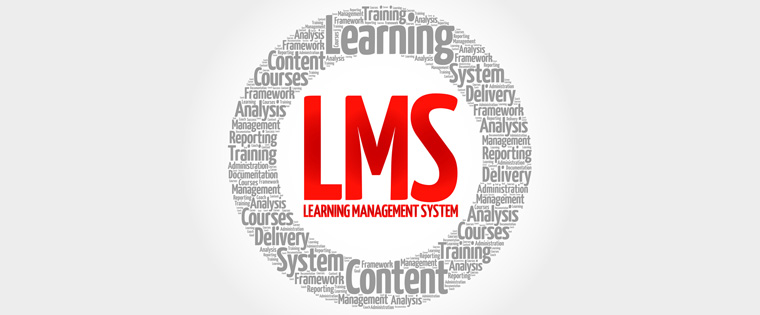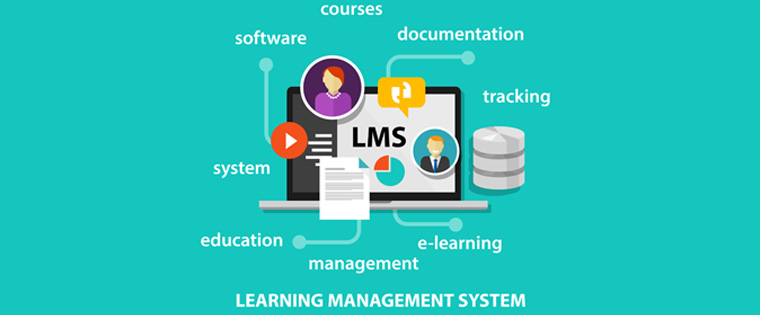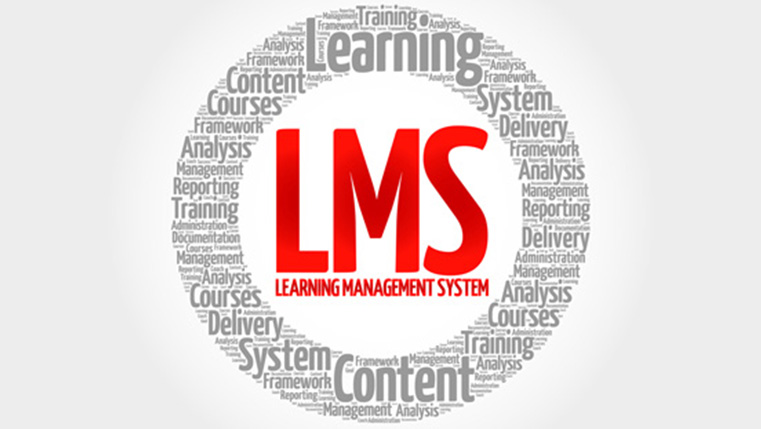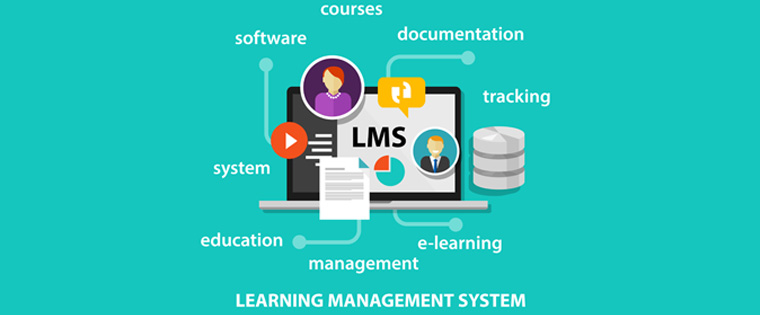Make Your Rarely-Visited LMS the Hot Favorite – Bet on Gamification!

What’s the use of a learning management system (LMS), when your employees are not opening the portal at all? When your LMS is just a dumping yard for courses, how will your employees be motivated to access and utilize it? Leaving courses aside for a while, you need to set right your LMS first to bring back the missing excitement. You can do that by including gamification elements in your LMS. Learners are better engaged with game mechanics and this will make your LMS more learner-centric.
Gamification of learning and serious games involve applying game-based elements to non-game situations, such as training, learning, problem-solving, decision making, and more. Including game elements makes the learning experience enjoyable and increases learners’ engagement.
Let’s check how to gamify your LMS in order to make it learner-centric.
1. Increase Learner Activity with Badges
Badges in LMS are digital in nature and given in recognition of achievements such as completing a course, getting good percent in final assessment and more.
Giving badges on the completion of an online module or course in an LMS encourages learners/employees to take up the next one. This is also applicable for doing tasks or finishing exercises in a given online training program. Presenting badges and notifying other learners will naturally trigger competition and increase the learning activity on your LMS. Badges increase performance expectations, self-efficacy, and develop a commitment to complete the assigned tasks and courses.
You have two types of badges that boost learner engagement.
Site Badges: Given when your employees finish the activities in your LMS, such as a course, filling a feedback form, or completing a survey.
Course Badges: Given when learners finish various activities within a course, such as completing modules, taking quizzes, and more.
Designing badges in different styles and colors will indicate your learners’ achievements. Gold, silver, and bronze badges are good examples to show the first three places.
Want to know how to choose the right Learning Management System? Check our comprehensive guide.
2. Validate Efforts with Certificates
Certificates motivate your employees by validating their course completion efforts and the time spent on it. You have plugins in most of the LMSs to generate course completion certificates. Design the certificate to make it more attractive and appealing to your learners. Giving the look and feel of your corporate branding can be an added advantage for learners to showcase the certificates in professional networking sites.
3. Improve Participation with Points and Levels
Points:
Giving points to your employees/learners on finishing each new activity will boost learners’ engagement on your LMS. For example, completing course modules, participating in discussion forums, and asking questions – all these gradually lead them to collaborative learning. When they taste the sweetness of social learning, they’ll keep logging in to your LMS.
Levels:
While points are awarded to the learning activities within a course, levels are decided based on the complexity of the courses themselves, and their intended audience.
When you have multiple courses or curricula of short courses, you can categorize them into levels. Dividing them as basic, intermediate, and advanced/proficient is one type. Breaking the curricula into an equal number of levels, based on the units and modules is another type. You know better how to categorize courses based on your training requirements. Completing each level shows a certain expertise/proficiency in the given skill/subject. You can customize these levels for new hires to highly experienced employees. For example, new hires can be given basic modules, on completing them they move to the next level; seniors can be assigned advanced level courses and so on.
Want meet your training needs in a cost effective way? Download our free e-book Harness Moodle LMS.
4. Foster Healthy Competition with Leaderboards
Creating leaderboards in an LMS helps you generate friendly competition among colleagues within your organization. Leaderboards show the most active members in the group, who won more badges or points, and who finished more courses. This showcase challenges others to complete the assigned tasks and sows a spirit of competition to excel.
5. Show Learning Paths with Progress Indicators
Integrating progress indicators in an LMS is useful when your employees have individual learning paths. They show the stage of each learner in the learning journey. This shows how far they’ve progressed in their learning path and how much is yet to be completed. For example, you can use progress indicators to show the mandatory learning & other activities they have to do in the LMS.
Want to make you LMS truly learner-centric? Download our free resource: 6 tips to make your LMS user-centric.
These simple, yet effective gamification elements will trigger interest among your employees to use the learning management system. Integrating them will strengthen your LMS and attract learners to it. So, go for gamification to make your LMS learner-centric, which will bustle with learning activity all the time!





